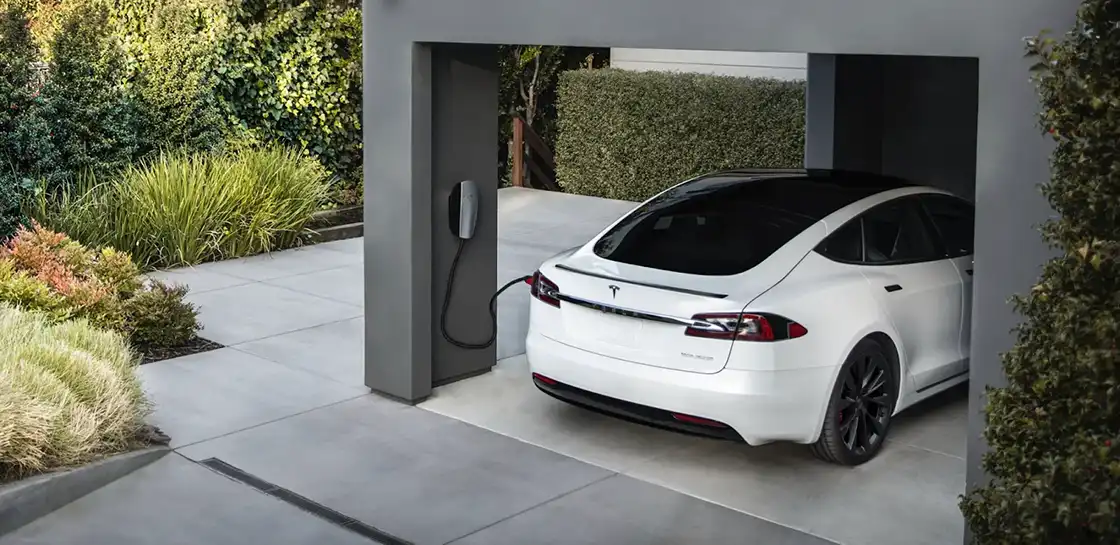EV charging infrastructure in Australia is comprised of more than 3,000 public EV charging stations, 2,531 standard EV charging stations, and 470 DC Fast Charging stations, but these figures are rapidly changing. While public charging is an alternative and often suitable solution, it is not the most practical option as it can be time consuming and costly, So, generally it is best to make use of your time at home to charge the vehicle.
This article is the ultimate home charging guide for EV owners. Here we explain the basics of EV charging, best practices to optimise for charging time, and detail important factors to consider when purchasing a new EV charger.
Is the Supplied EV Charger the Best Option for You?
New EVs often come with a supplied Level 1 EV charger, which is a simple and cheap charging solution that can be plugged into regular electrical outlets and deliver a maximum power rate of 2.4kW to EVs. This will not fully charge an EV battery overnight.
Level 1 EV chargers take up to 50 hours to charge an EV, making them less than ideal for most drivers.
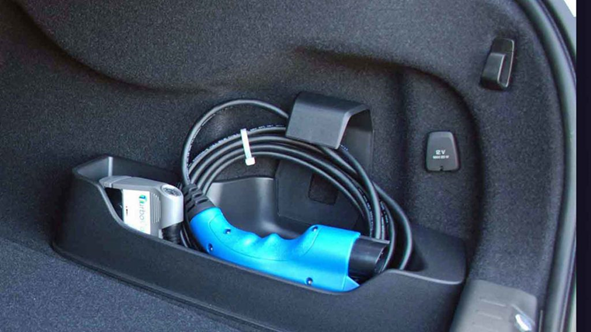
What Is the Best Type of EV Charger to Use at Home?
On the other hand, Level 2 EV Chargers are the most popular and optimal type of EV chargers for residential uses. This more sophisticated charger type delivers 3.6kW to 9.6kW with a dedicated AC single-phase connection or up to 22kW with a three-phase connection. Level 2 EV chargers take from 5 to 8 hours to fully charge an EV.
Using a level 2 EV charging station is much more efficient than a Level 1 EV charger. Its faster power rate reduces charging time, while technological features give you control over the charging process. Other appealing additional features may be included.
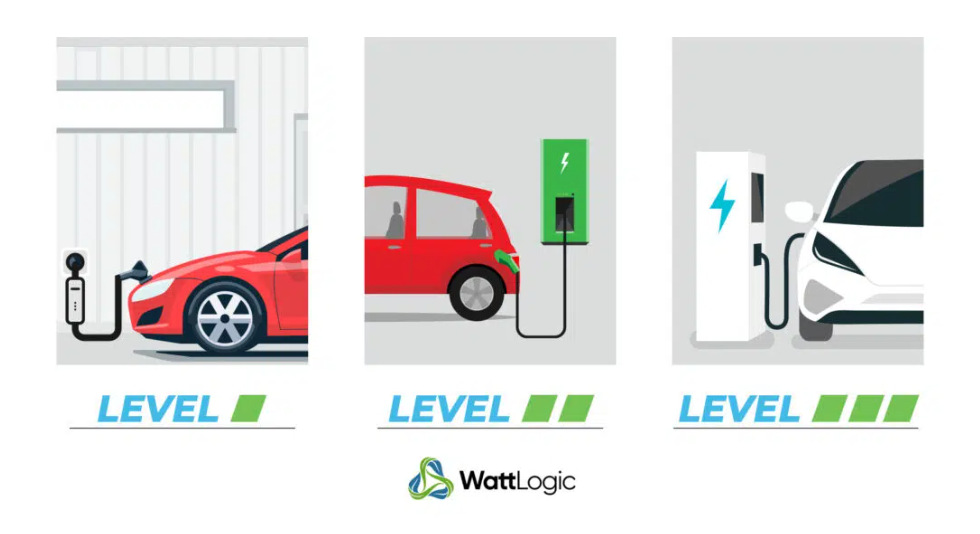
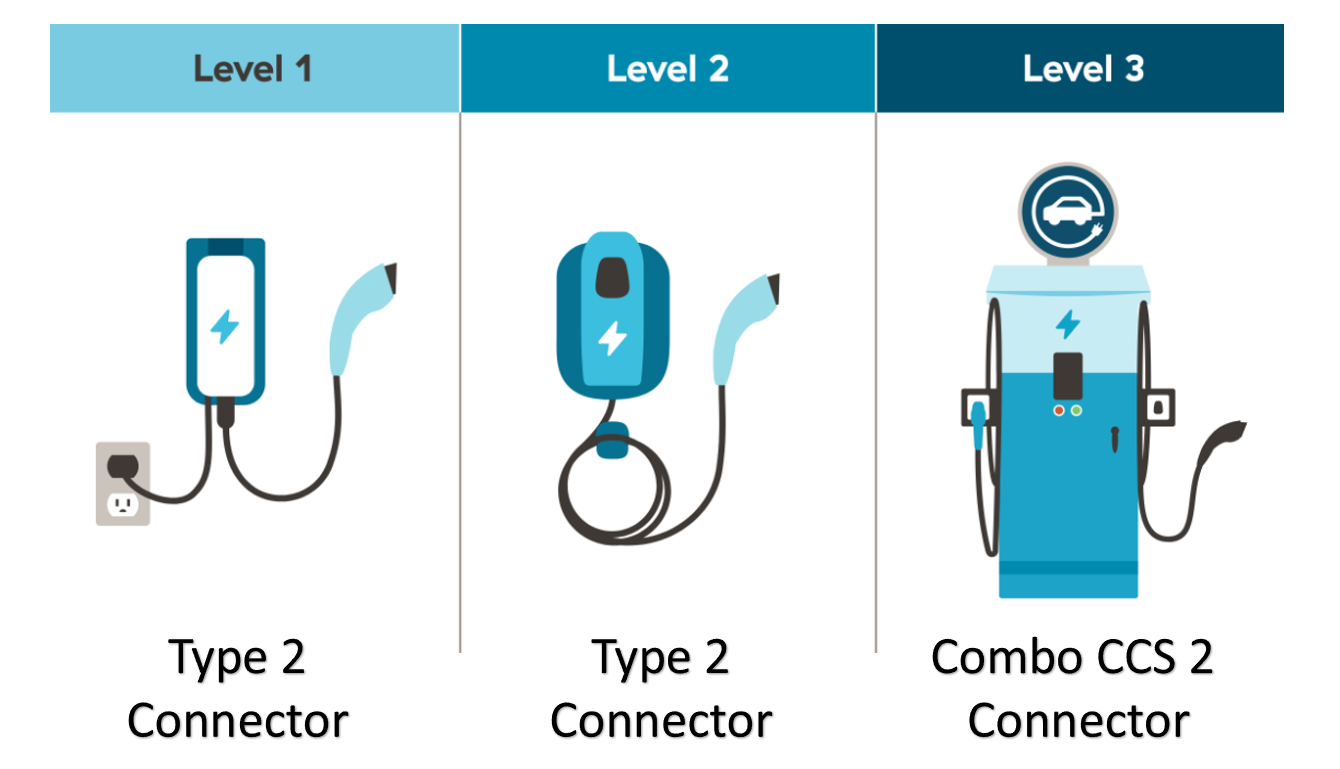
How Long Does It Take to Charge Your EV?
Charging EVs with Level 2 EV chargers is a relatively fast process. Specific charging times vary based on the battery capacity of the EV and the power rating of the charger.
For instance, the Tesla Model 3 featuring a 50kWh battery is the best-selling EV in the country. Charging this EV to 100% with a Level 2 EV charger takes around 13 hours and 50 minutes with 3.6kW chargers, 5 hours and 10 minutes with a 9.6kW charger, and as little as 2 hours and 15 minutes with 22kW chargers (like the Zappi three-phase version).
Top 8 Factors to Consider When Selecting a Home EV Charger for Level 2
Choosing the right Level 2 EV charger for home EV charging from the start is very important, as it will serve you for around 10 years or even more, so it’s best to choose carefully.
1. Electrical Parameters (Voltage, Current, and Phase)
Choosing the right electrical parameters like voltage, amperage, and the number of phases is the most important factor to consider for electric vehicle charging. Single-phase 230V EV chargers delivering 40 amps with a dedicated connection can hit the right spot by charging EVs in 5 hours at a 9.6kW rated power input.
Installing a three-phase EV Charger (three instances of power input) that delivers 95 amps for a 22kW power rate could make EV charging quite fast, but this is not always possible as this depends on the existing electrical infrastructure of your house. Not too many homes have 3 phase power already installed, and usually it’s only newer houses that do. If you do want to upgrade your home to 3 phase power, then be prepared for a costly experience. However, it is important to know that some vehicles are not even compatible with this charging capacity. In many cases, it is not necessary either, so we usually just recommend single phase power.
2. Networked or Non-Networked EV charger?
Non-networked EV chargers simply charge the EV at the set power rate, but networked EV chargers are the ones delivering smart features. These features include simple features like starting or stopping the charger and wirelessly monitoring the charger, but they can also include additional features such as the ability to be troubleshot remotely by the manufacturer.
3.Tethered or Untethered EV charger?
Another important factor to consider is choosing between a tethered (charger with a pre-installed cable) or an untethered (no pre-installed charging cable) EV charger.
Tethered EV chargers are simple – they come with a cable connector and do not require you to purchase a separate one. They are always connected to the charger and are simply placed right next to it, so you will never run the risk of losing it.
Untethered chargers also have their own set of advantages; these EV chargers can be used to charge EVs featuring different connector types, which might be useful in some occasions. Besides, by not having a fixed cable that comes integrated with the charger, you can choose the one that best adapts to your needs, which means for instance you can choose a longer cable. Also in case the cable gets damaged, you can simply replace it by purchasing another one and continue charging your EV. In the case of the tethered ones, this could be an issue and could make your charger useless. You can find multiple untethered options such as the Ocular LTE 7.2kW charger (go here to shop our chargers).
4. Real-Time Monitoring
Real-time monitoring is a great way to monitor the charging process for the EV; this can also help you determine if your EV and the charger are properly working. This is an important feature to include in your EV charger. If you have a networked EV charger, you will be able to check this data remotely usually via the charger’s integrated app.
5. Software features (ToU optimisation, Full Charge Alarms, and Other Features)
Smart Level 2 EV chargers include software designed not only to charge your EV and show real-time data but also to deliver powerful additional features. Some of these include:
- Time of Usage (ToU) optimisation (EV charges during off-peak hours to reduce electricity costs).
- Full charge alarms (Receive in-app mobile alerts when the EV is fully charged).
- Solar charging (Charge EVs exclusively with solar power generated by your PV system).
- Load balancing (Integrates EVs with the grid or your home to deliver power flexibility – this requires bidirectional capability, see more below).
6. Bidirectional Capability
Bidirectional capable chargers feature load balancing features that integrate EVs into the electrical grid or the circuit of the home. These chargers not only convert AC to DC power to charge EVs, but they also combine with EVs featuring two-way DC charging capability to convert DC to AC and inject power to the grid (Vehicle-to-Grid or V2G) or the home (Vehicle-to-Home or V2H). This means that you can power your home straight from your EV! The V2G is designed to increase flexibility during electrical emergencies or peak energy demands in the electrical grid by integrating EVs into it as active components rather than just passive elements of the grid. Additionally, V2H delivers power flexibility to the home and increases its autonomy. Some EVs with V2H and V2G capability are the Nissan Leaf, Nissan e-NV200, the Mitsubishi Outlander PHEV, the Mitsubishi Eclipse Cross PHEV, and the Ford F-150 Lighting, but this is rapidly changing.
7. Warranty
Finally, it is extremely important to choose the right warranty. EV chargers may be designed to last around 10 years, but they are usually covered by 1 to 3 years of warranty, up to 5 years in some cases. When choosing an EV charger, you should pick the model with the longest warranty.
8. Connector Type
EV chargers may feature different connectors, which determine the maximum power rate and charging speed for an EV. Your EV should be compatible with the included connector. Standard connectors in Australia include Type 2 (Mennekes) – this is the most common type, Combined Charging System (CCS), and Charge de Move (CHAdeMO). Tesla proprietary plugs are available exclusively in Tesla supercharging stations.
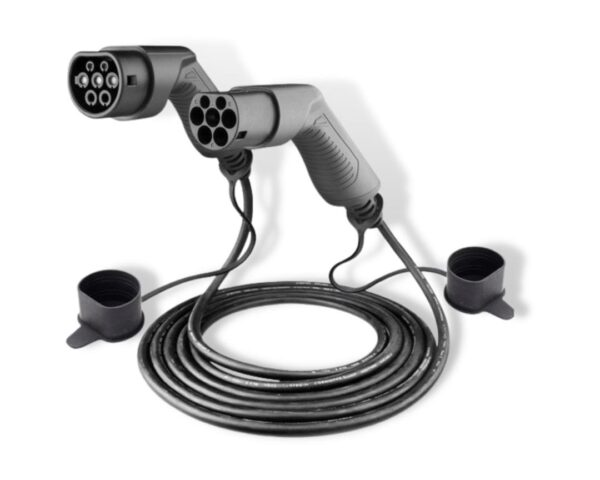
Requirements to Install a Level 2 Residential EV Charger
Level 2 EV chargers require dedicated electrical circuits that can withstand the high amperage demanded by the charger. This circuit is installed directly from the existing service panel, featuring a single-phase (230V) or three-phase (400V) connection. Some homes (especially old ones) might require upgrading the service panel or electrical connection from the grid before installing the charger.
Final Word
Charging EVs at home fills the entire battery overnight while saving you money in the process. This is cheaper than charging at a DC Fast Charging (DCFC) station and will extend the lifespan of your battery.
Choosing the right Level 2 EV charging station will help you enjoy many benefits in the long run. After choosing the right one, you just need to have the installation performed and start charging your EV at home in just a few hours after arriving from work.
